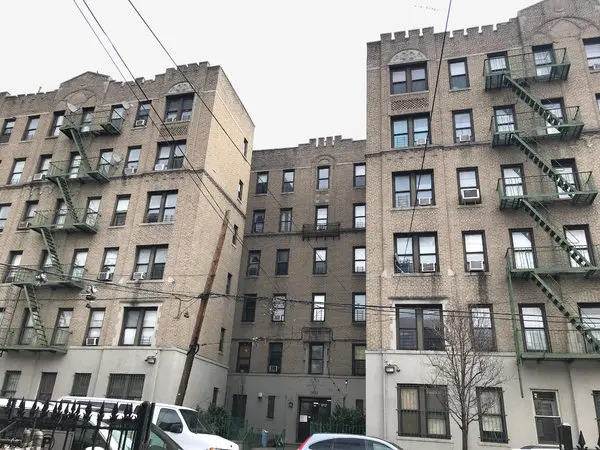Mortgage rates are falling, and it's the Christmas present that keeps on giving.According to Freddie Mac, the average 30-year fixed rate increased one basis point to 6.62% for the week ending January 4. One basis point is one tenth of a percentage point.
Nonetheless, a perfect storm of still-high mortgage rates and home prices amid historically low housing stock continues to put homeownership out of reach for many, particularly first-time buyers, who are more pessimistic than ever about being able to afford a home as we approach 2024.
Forecast for the Housing Market in 2024
Many would-be house purchasers were discouraged by the year 2023. Mortgage rates rose to a high of 7.79% in October, while median house prices in the third quarter exceeded $400,000. Furthermore, according to Intercontinental Exchange, a financial technology and data services firm, average monthly payments reached an all-time high of $2,306 in July.
However, for others, 2024 may be a better year to buy a house. While house prices are expected to stay high (and even rise in certain regions), industry analysts predict that prices in other sections of the nation will fall.
Economists are also hopeful that the Federal Reserve has completed its rate-hiking campaign to reduce inflation after policymakers held the federal funds rate constant for the third consecutive meeting on December 13. The federal funds rate is the benchmark interest rate that banks charge each other for overnight loans; it has an indirect impact on mortgage rates.
Nonetheless, affordability issues will persist in 2024. Pent-up demand and limited inventory will typically support prices, and mortgage rates will stay high until the Fed lowers the federal funds rate.
When Will the Real Estate Market Recover?
Several criteria must be met for a housing recovery to take place.
"We'd first need to see inventories of homes for sale turn significantly higher for the best possible outcome," says Keith Gumbinger, vice president of mortgage website HSH.com. "This additional inventory, in turn, would ease the upward pressure on home prices, leveling them off or perhaps helping them to settle back somewhat from peak or near-peak levels."
Of course, interest rates would have to fall. But, according to Gumbinger, don't expect them to cool off too soon. Rapidly lowering interest rates may cause a spike of demand that cancels out any inventory increases, leading property prices to rise.
"Better that rate reductions happen at a metered pace, incrementally improving buyer opportunities over a stretch of time, rather than all at once," Gumbinger said.
He goes on to say that mortgage rates reverting to a more "normal" upper 4% to lower 5% range would also assist the housing market recover to 2014-2019 levels over time. However, Gumbinger believes it will be some time before we see such rates again.
Will mortgage originations continue to be low until 2024?
Mortgage applications have dropped due to skyrocketing mortgage rates in recent years. The good news is that interest rates have started to fall in recent weeks.
While application volume remains low, the Mortgage Bankers Association (MBA) believes this is the bottom and predicts overall mortgage origination volume will rise from $1.64 trillion in 2023 to $1.95 trillion next year, with rates falling to approximately 6% by the end of 2024.
According to a recent research, Fannie Mae forecasts mortgage activity to increase, with single-family mortgage originations seeing a sluggish but considerable rebound in 2024.
2024 Housing Inventory Forecast
With many homeowners "locked in" at low borrowing rates or unable to sell due to high house prices, demand for housing continues to outstrip supply—and will likely continue to do so for some time.
"I don't expect to see a meaningful increase in the supply of existing homes for sale until mortgage rates are back down in the low 5% range, which is probably not in 2024," says Rick Sharga, founder and CEO of CJ Patrick Company, a market intelligence and business advising organization.
Housing stock remains at record lows, particularly at the entry level, supporting demand and maintaining ultra-high housing prices.
Nonetheless, there are some encouraging indicators.
For example, the home-builder outlook, which had been decreasing, is now improving due to lower mortgage rates and improved construction circumstances.
The most recent NAHB/Wells Fargo Housing Market Index (HMI), which analyzes builder mood, increased from 34 to 37 in December. A number of 50 or above indicates that more builders anticipate favorable circumstances for new building.
At the same time, new single-family construction permits increased marginally in November, marking the 10th consecutive monthly gain, according to the most recent statistics from the United States Census Bureau and the United States Department of Housing and Urban Development.
